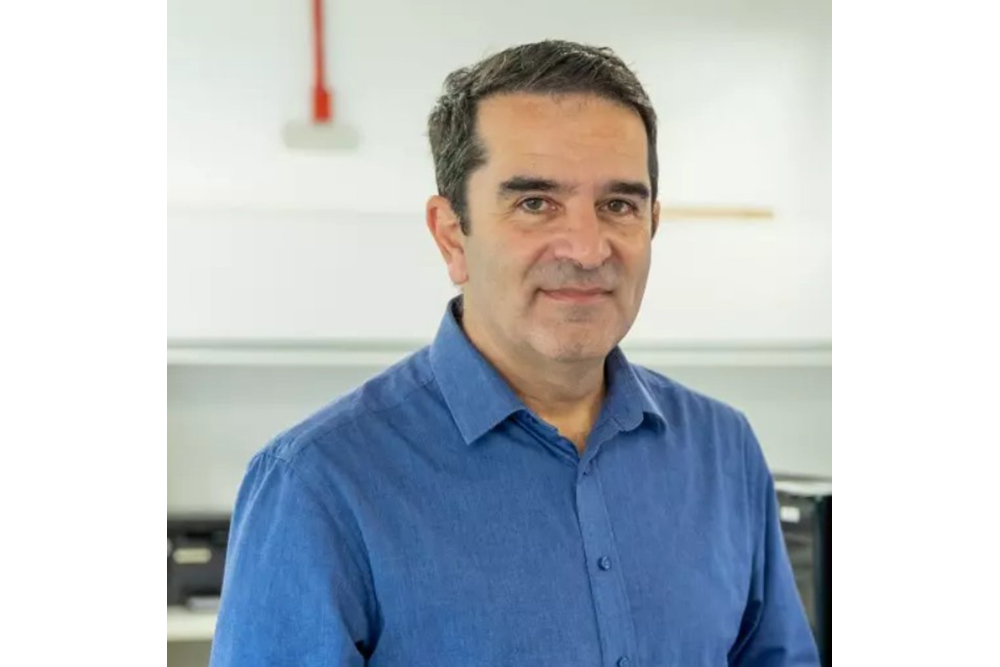
[Image above] Credit: Natasha Mayers; Flickr CC BY-SA 2.0
[Editor’s note: This post comes to us from Jonathon Foreman, ACerS managing editor of journals. Contact Foreman at jforeman@ceramics.org.]
My name is Jonathon Foreman. For much of my life, I have gone by Jon Foreman.
It’s not the most common name—but if you search “Jon Foreman” on Google, you won’t ever find me in the pages and pages about the lead singer of Switchfoot.
Yet here I am.
And I have published many scientific papers, mainly in thermal analysis. Try searching my name on Google Scholar—one of my papers might show up. Put my name in quotes—a few more show up.
As a researcher, author, reviewer, editor, etc., you want to get credit for your work. So what on earth can be done to make it easier to find your scholarly publishing record and not that of someone else with a similar name?
ACerS publishing partner, Wiley, recommends two tools. The first is ORCID, a personal digital identifier.
Widely adapted by publishers, libraries, funding organizations, and more, a ORCID number is integrated into manuscript submission, search, and grant application software platforms. By using an ORCID identifier you are, in essence, proving who you are and getting credit for your work.
The second identifier tool is Publons, which captures and stores evidence of your peer review and editorial activities.
How much information is stored for each activity depends on the publication you are working with, but at a minimum the activity itself is recorded, often automatically and often with editors’ ratings of your review quality. Publons can be synced to your ORCID record so that you can have a single portfolio for building your credibility and your CV.
It’s never too early to establish your professional identity. It’s also not too late to take advantage of this technology—make it easy for others to recognize your accomplishments.
Author
Jonathon Foreman
Spotlight Categories
- Journal and Bulletin Updates
Related Posts
Volunteer spotlight: Dachamir Hotza
October 16, 2025


